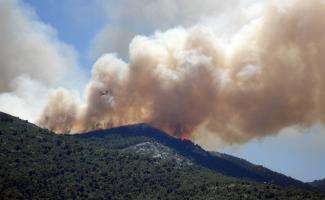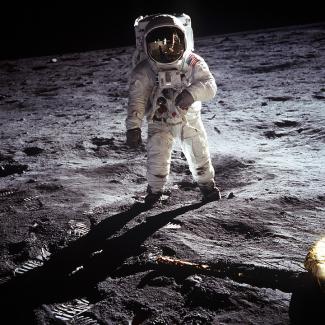Companies and Communities: Environmental Justice as an Effective and Proactive Business Practice

In recent months, the long-standing environmental justice (EJ) movement—which began with the civil rights movement—has gained new momentum. EJ refers to the “fair treatment and meaningful involvement of all people regardless of race, color, national origin, or income with respect to the development, implementation, and enforcement of environmental laws, regulations, and policies.” As natural disasters ravage minority, low-income communities, global climate justice campaigns demand equitable solutions, and members of Congress underscore the importance of ensuring environmental protection for our most vulnerable communities, EJ principles are given a leading role in the conversation about environmental policy.








